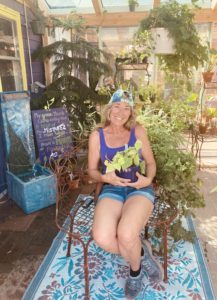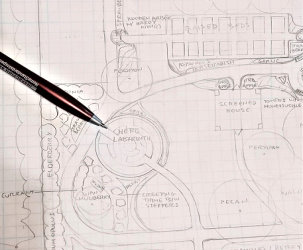Houseplant Winter Care
Since many houseplants naturally grow in tropical climates, they thrive in humidity and they can be sensitive to temperature changes. Common problems of houseplants in the winter arise when plants are living in drafty areas or if there is low air humidity. Especially when we have the heat running in the winter, the hot, dry air coming out of the vents will tend to dry out the leaves more quickly. If possible move your houseplants away from vents and drafty areas (doorways, patios, by large uncovered windows).
If you are limited on your floor space and window space, it can be hard to place your plants just right. In that case you can take some other steps help out your plant. Placing your potted plants on a pebble tray or using a room humidifier will help your plants A pebble tray is simply a wide, flat dish filled with large pebbles and water; the pot rests on the rocks, above the water level. As the water evaporates out of the dish it creates a nice, humid micro-climate around the plant. You can also use a spray bottle to mist the leaves of your plants.
*It is interesting to note that when you place more than one plant together in an area it tends to keep more humidity in that vicinity. Plants undergo transpiration and release water vapors from very small pores in their leaves. With multiple plants transpiring in one close spot, a humid micro-climate is created.
Another concern in the winter is avoiding overwatering your plants. It is common for houseplants to actively grow in spring and summer and enter a more dormant state during the winter months. Plants will use less water and certain plants will not bloom; this also means you can take a break from fertilizing your plants during the dormant months (of course there are exceptions to all rules, winter blooming plants, like Cyclamen and Christmas cactus, would prefer some food when they flower). Before watering your houseplants, feel the soil in the pot. The soil should either be dry to the touch or just slightly damp; each plant varies on its moisture need and you may need to research your specific plant’s needs. If you have more specific questions about a certain plant feel free to email our staff or stop in and talk to one of us at the garden shop.









